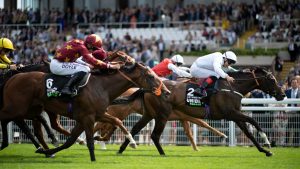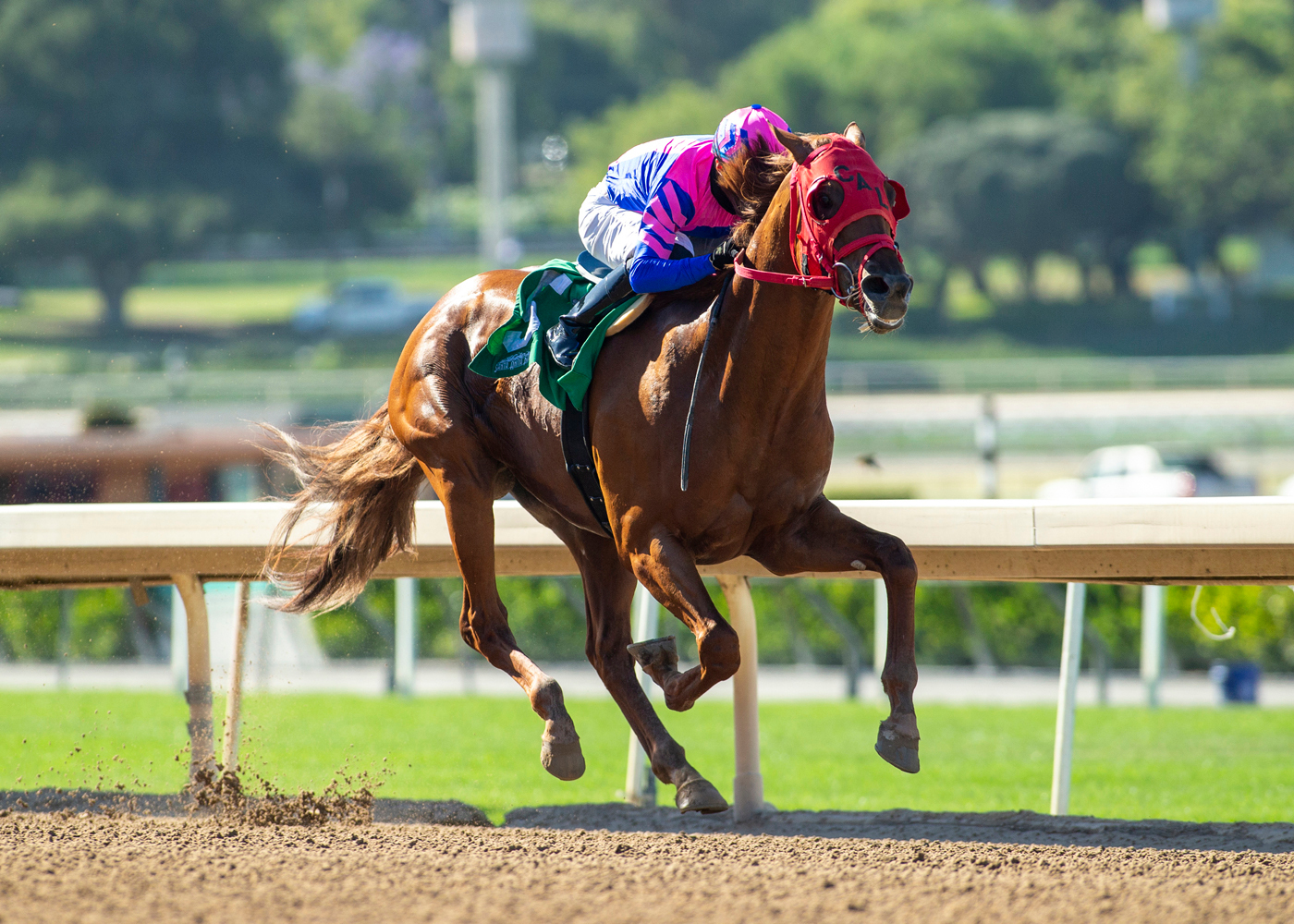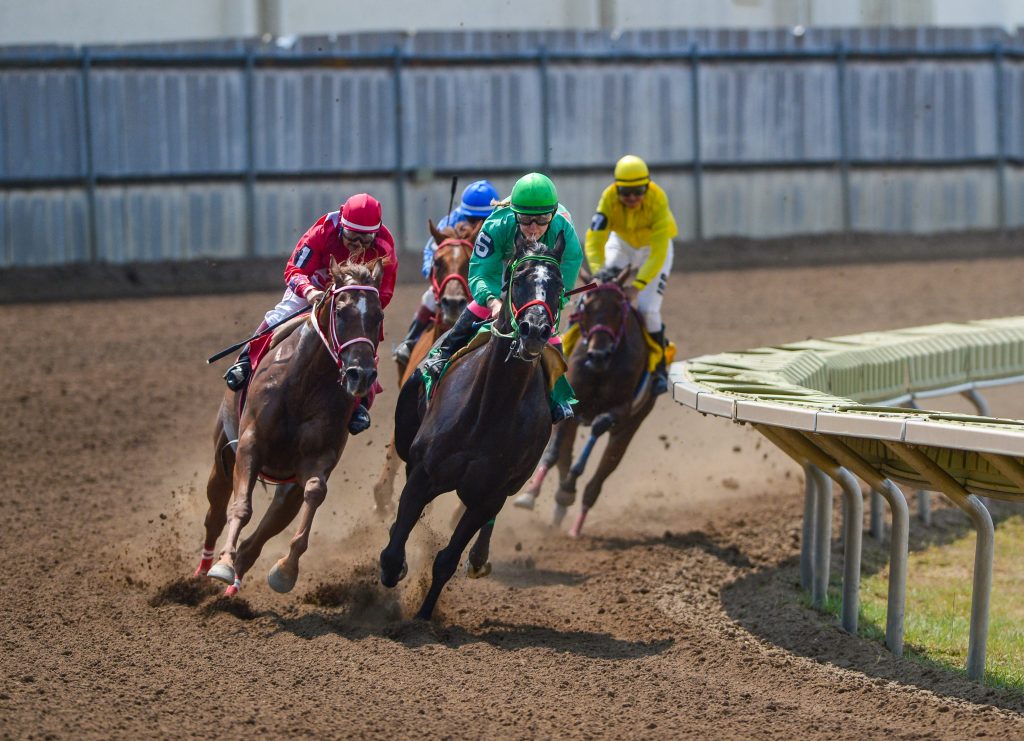Horse Racing Form Guide: How to Pick a Winner?
When you are looking at a horse race form, sometimes the winner will come from nowhere, and you will be left scratching your head. Often these horses win at big prices, and they appear to have improved a lot from their recent runs (read this – horse racing betting systems). So sometimes understanding horse racing form is not so easy.
However, there is usually more to this than meets the eye, and if you are prepared to dig into the form book a little deeper, you will often find something to make the horse of interest. The key in this horse racing form guide to finding these horses is thinking outside of the box, and looking for reasons to back a runner that may stretch back a year or further.
FAQ
🐎 What does form mean in horse racing?
Horse racing forms using tipsters and punters when they make their bets. Horse form is a record of events and performances in previous races.
🐎 How to read a racing form?
To read a racing form you need to look at the line of numbers which is denoting finishing position or abbreviations. Don’t forget to look at the British Horseracing Authority rating and Timeform’s view under each horse.
🐎 What is the biggest race of the year in horse racing?
Biggest race of the year in horse racing is the Kentucky Derby. This event is held annually in the United States on the first Saturday in May. They attract over 100,000 visitors every year and the best horse wins $1,86 million.
🐎 What does 0 mean in horse racing form?
0 means in horse racing that the horse finished outside the first 9.
🐎 What does U mean in horse racing form?
U or UR form means in horse racing that the horse unseated the jockey (dropped the jockey).
🐎 What does B mean in horse racing form?
B form means in horse racing that the horse started the race as favorite, but didn’t win.
🐎 What are the different types of horse racing ground?
In Europe and the UK the most popular horse racing surface is turf and grass. In the United States and Canada most common surfaces are dirt, sand and mud. There are also synthetic, artificial and all weather racing tracks.
🐎 Why do race horses wear headgear?
Trainers use headgear for horses to try to improve horse performance and there are different types of headgear like greeness or lack of concentration.
If you can do this, then you will open up to supporting horses that look to be out of form, in the hope that the horse can take advantage of whatever it is as the reason you have found to back them. If you want take advantage of big bonus for your first deposit, try crypto bookmakers.
Table of content
Look at the course
When looking at recent horse form, one of the first things you should do is check what courses the horse has been running at, and how they compare to the course, it will be running in next. For example, if a horse has been running right-handed and struggling, and now goes left-handed and back further in the form book you can find a win on a left-handed track for the horse, this could be a reason you would back the horse. Going back left-handed could be a huge benefit to that horse, and be the difference maker and what gives the horse a chance.
The other thing to look at with courses is whether or not a horse has previous course form. Some horses will be course specialists and perform much better at one particular course than they do at another.
For example, if the race is at Ascot, the horse could have won at Ascot last year a couple of times, but then disappointed when running elsewhere this season. The return to Ascot could be what sparks life back into the horse and could be the difference between winning and losing.
Look at the horse racing ground
Some horses will be able to run ok on any ground, some will have a slight preference for one type of ground, and others will have a significant preference for a kind of ground. Those in the latter category can often bounce back and win when there is a change in the ground.
For example, a horse has run well on soft ground at the start of the season, then struggled on fast ground during the summer. When the ground goes soft again towards the end of the season, this horse is going to have a much better chance of winning that recent form horse racing would suggest it has, because of the ground.
When you are looking at horses and the ground they are running on, always look over a longer period, preferably over a year or two. When you do this, you should be able to see a pattern emerge showing you which ground the horse handles, and which ground they struggle on. If you can work this out, then you are likely to be one step ahead of many punters who are not looking further back than the last couple of runs.
Change of scenery?
Just like humans, if a horse is in the same place, with the same routine every single day, they will get lazy. Horses that are lazy become very hard to win with, and their form shows that. However, if a horse changes yards, either because their owner wants to, or because they have been sold, then they can often be worth following.
Despite the form book saying they have little chance of winning, it is likely they are going to be much sharper for the change of scenery. Looking back a couple of years, you will probably see that the horse was winning off much better horse racing handicap marks, which makes the horse well handicapped, and potentially ready to strike.
Horse Form Guide: What time of year?
Some horses will perform well all year round, while others will thrive during a specific period. This may be at the start of the season, the end or in the middle. These horses can often look like they don’t have a chance to win, before suddenly bursting into life when they are at their happiest.
Look back over the last couple of years and look out for horses who do this. For example, a horse may come to life in the autumn, so will run poorly through the summer before taking advantage of a low handicap mark when the autumn arrives. These horses may not like the weather too hot and prefer to run in colder conditions, something they will get in the autumn.
Horses and trainers will go through good and bad spells, but by looking deeper into the form book, you will be able to pick out horses who come to life at a certain time of the year. These horses often pop up at an excellent price (read this – horse racing starting price), and if you are one step ahead, you can be on them.
Watch out for headgear
We all know that applying headgear to a horse can have a massive impact on how they run, but look out for patterns that you can follow. For example, if a horse runs in blinkers and all of a sudden they return for their first run of the season without them, that can often be a sign that the horse is running for fitness, and not yet ready to win. You can disregard that run from the horse racing form book, and it is likely to make the horse a bigger price next time it runs.
Only look at the runs where headgear is applied, and you may get a different picture when reading through the horse forms book ahead of a race you are studying. If headgear is required for the horse to win, don’t bet when it is taken off.











